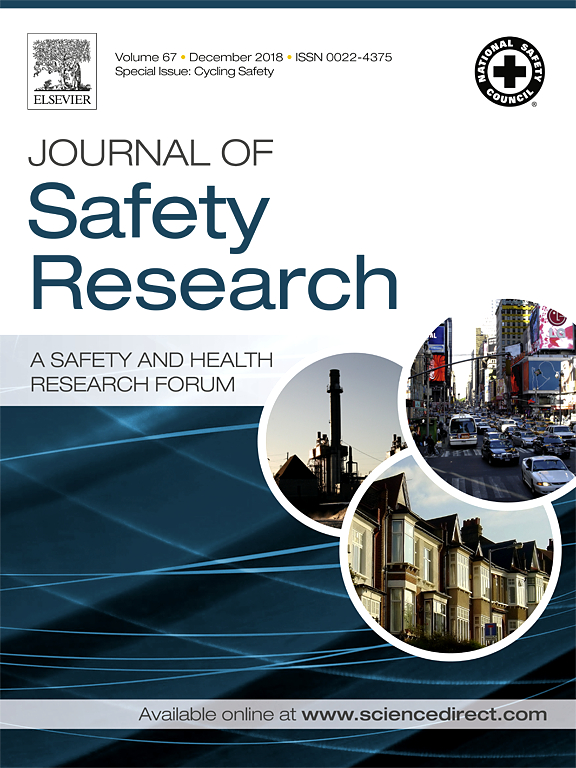
Introduction: Technological advancements during recent decades have led to the development of a wide array of tools and methods in order to record driving behavior and measure various aspects of driving performance. The aim of the present study is to present and comparatively assess the various driver recording tools that researchers have at their disposal. Method: In order to achieve this aim, a multitude of published studies from the international literature have been examined based on the driver recording methodologies that have been implemented. An examination of more traditional survey methods (questionnaires, police reports, and direct observer methods) is initially conducted, followed by investigating issues pertinent to the use of driving simulators. Afterwards, an extensive section is provided for naturalistic driving data tools, including the utilization of on-board diagnostics (OBD) and in-vehicle data recorders (IVDRs). Lastly, in-depth incident analysis and the exploitation of smartphone data are discussed. Results: A critical synthesis of the results is conducted, providing the advantages and disadvantages of utilizing each tool and including additional knowledge regarding ease of experimental implementation, data handling issues, impacts on subsequent analyses, as well as the respective cost parameters. Conclusions: New technologies provide undeniably powerful tools that allow for seamless data handling, storage, and analysis, such as smartphones and in-vehicle data recorders. However, this sometimes comes at considerable costs (which may or may not pay off at a later stage), while legacy driver recording methods still have their own niches to fill in research. Practical Applications: The present research supports researchers when designing driver behavior monitoring studies. The present work enables better scheduling and pacing of research activities, but can also provide insights for the distribution of research funds.
| ID | pj166 |
| Manuscript | |
| DOI | |
| Tags | driver behaviour |













